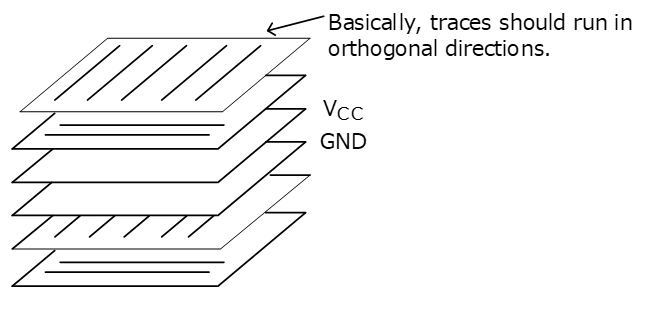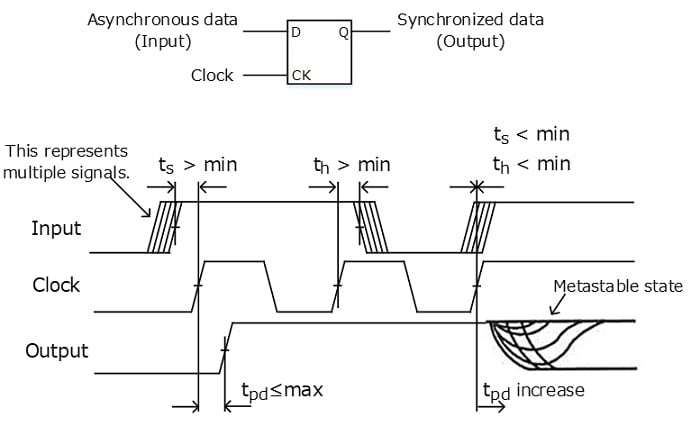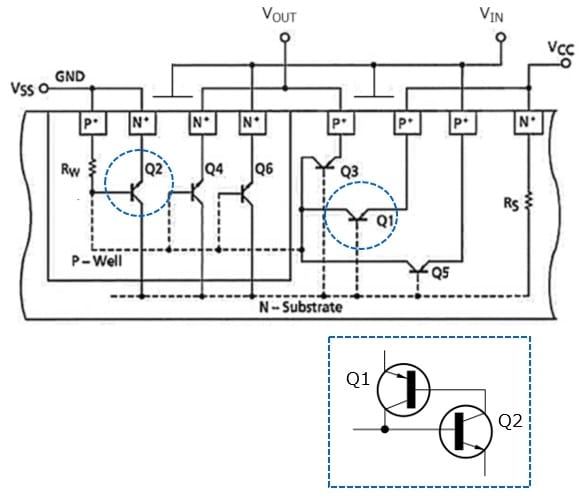- General Top
- SEMICONDUCTOR
- STORAGE
- COMPANY
-
My ToshibaSemicon
- Semiconductor Top
-
ApplicationsAutomotive
Body Electronics
xEV
In-Vehicle Infotainment
Advanced Driver-Assistance Systems (ADAS)
Chassis
IndustrialInfrastructure
BEMS/HEMS
Factory Automation
Commercial Equipment
Consumer/PersonalIoT Equipment
Healthcare
Wearable Device
Mobile
Computer Peripherals
-
ProductsAutomotive Devices
Discrete Semiconductor
Diodes
Transistors
Logic ICs
Analog Devices
Digital Devices
Wireless Devices
※
: Products list (parametric search)
Power SemiconductorsSiC Power Devices
※
: Products list (parametric search)
Isolators/Solid State RelaysPhotocouplers
Digital Isolators
Solid State Relays
Fiber Optic Transmitting Modules
※
: Products list (parametric search)
MOSFETsIGBTs/IEGTsBipolar Transistors※
: Products list (parametric search)
Diodes※
: Products list (parametric search)
MicrocontrollersMotor Driver ICsIntelligent Power ICs※
: Products list (parametric search)
Power Management ICsLinear ICs※
: Products list (parametric search)
General Purpose Logic ICsLinear Image SensorsOther Product ICsOther Product ICs
※
: Products list (parametric search)
-
Design & Development
-
Knowledge
- Where To Buy
- Part Number & Keyword Search
- Cross Reference Search
- Parametric Search
- Stock Check & Purchase
This webpage doesn't work with Internet Explorer. Please use the latest version of Google Chrome, Microsoft Edge, Mozilla Firefox or Safari.
require 3 characters or more. Search for multiple part numbers fromhere.
The information presented in this cross reference is based on TOSHIBA's selection criteria and should be treated as a suggestion only. Please carefully review the latest versions of all relevant information on the TOSHIBA products, including without limitation data sheets and validate all operating parameters of the TOSHIBA products to ensure that the suggested TOSHIBA products are truly compatible with your design and application.Please note that this cross reference is based on TOSHIBA's estimate of compatibility with other manufacturers' products, based on other manufacturers' published data, at the time the data was collected.TOSHIBA is not responsible for any incorrect or incomplete information. Information is subject to change at any time without notice.
require 3 characters or more.
1-13. Countermeasures for ESD Protection

CMOS logic ICs provide electrostatic discharge (ESD) immunity compliant with international standards. Exposure to higher ESD might cause a malfunction or permanent damage to a CMOS logic IC.
Because the oxide film at the input gate of a CMOS logic IC is very thin (hundreds to thousands of angstroms), it could be damaged by an ESD of hundreds to thousands of volts.
To prevent this, each input pin generally provides ESD protection circuitry. However, there is a limit to this protection. Insert external ESD protection diodes for the inputs that might be exposed to excessive ESD (e.g., inputs connected to a board’s external interface).

There are various ESD models. The following describes one of the major ESD models.
Human body model (HBM)
This model characterizes the susceptibility of a semiconductor device to damage from ESD that might be generated from a human body.
There are numerous discussions on the human body capacitance. For ESD immunity testing, the charged human body is modeled by a 100-pF capacitor and a 1500-Ω discharging resistor. During testing, the capacitor is fully charged and then discharged through a resistor.
The HBM test circuit is shown below.
Usage Considerations of CMOS Logic ICs
Products
Related information
- Application Notes
- FAQ
















